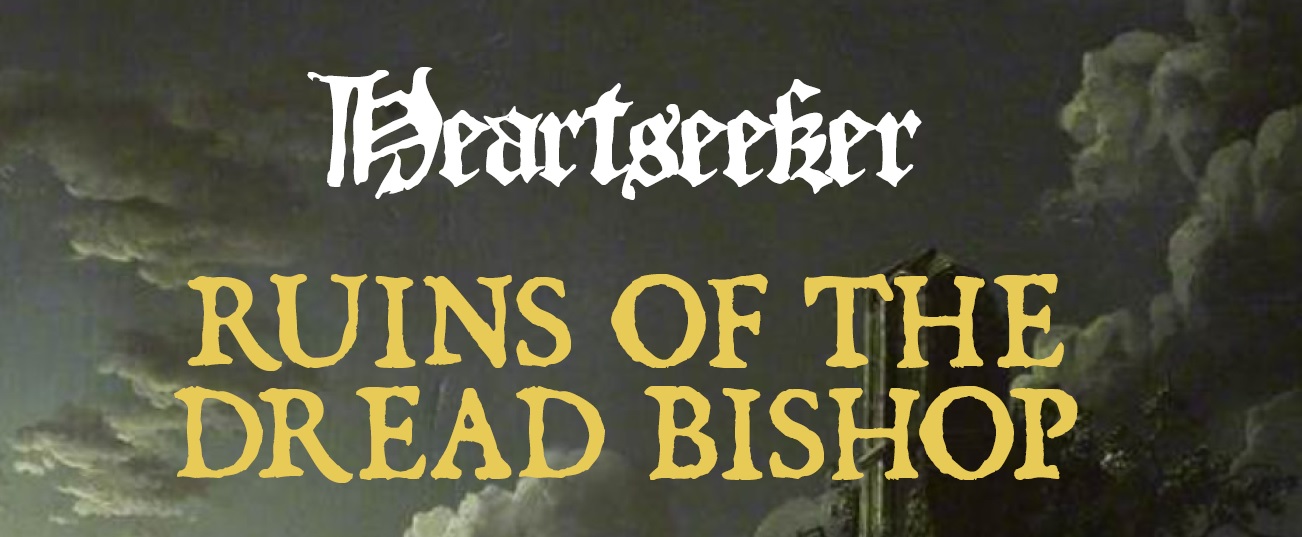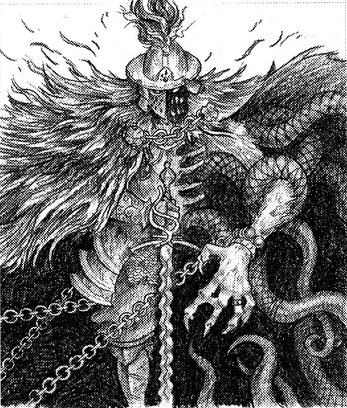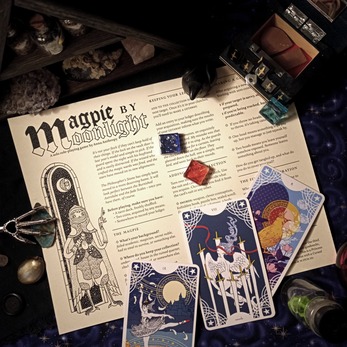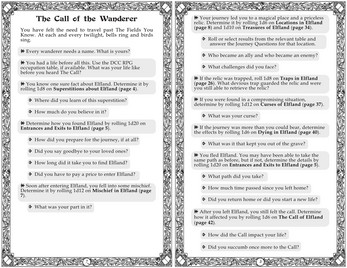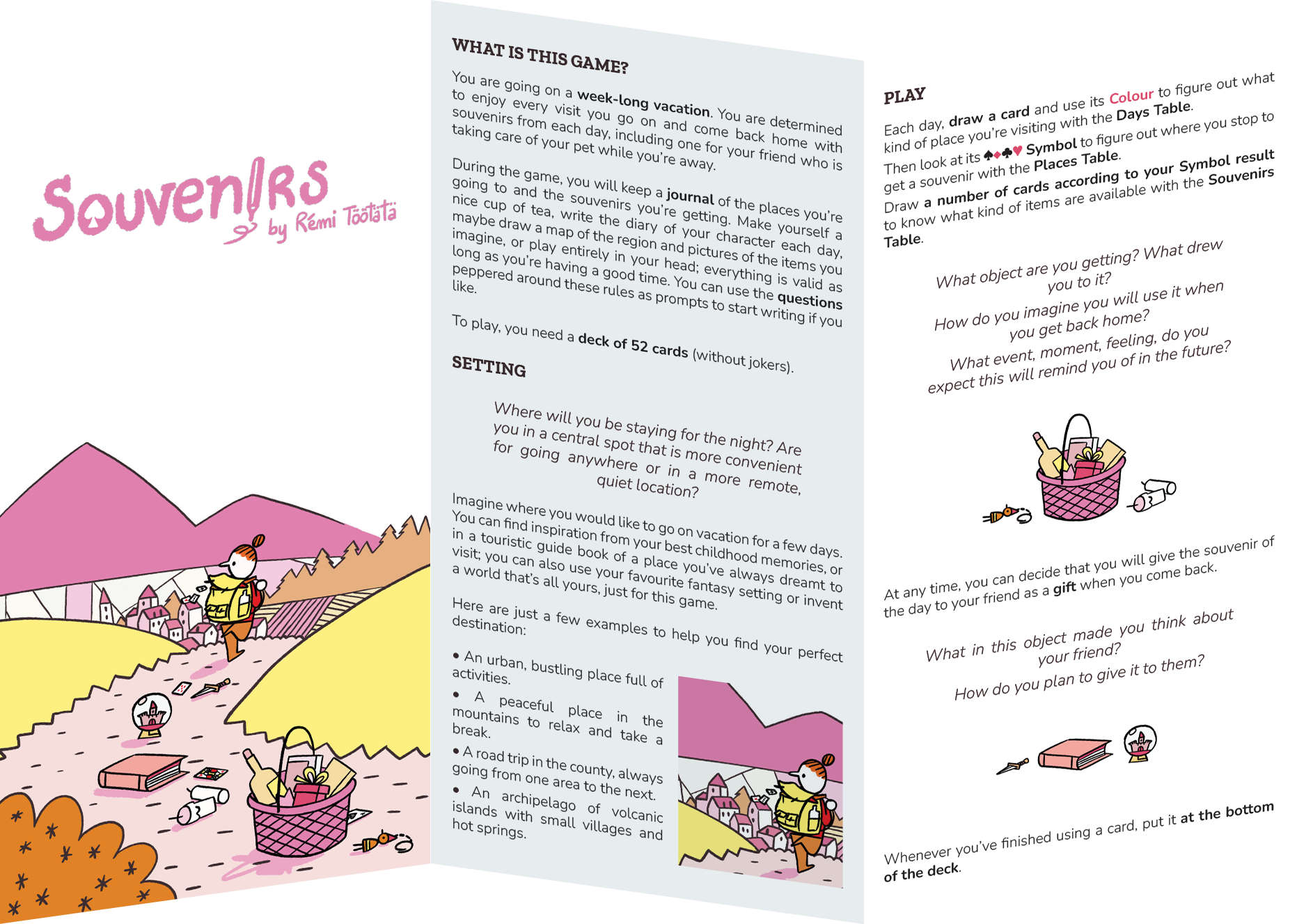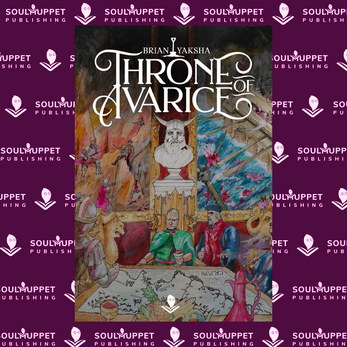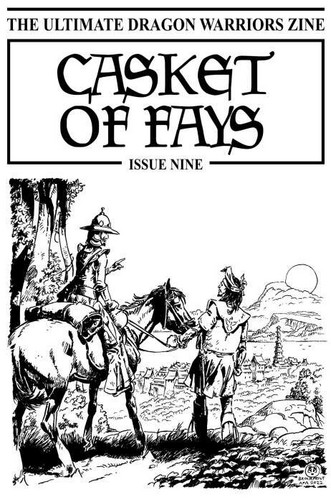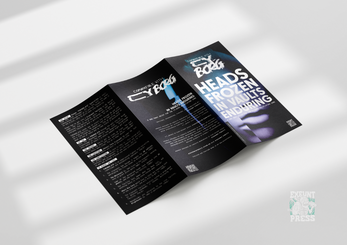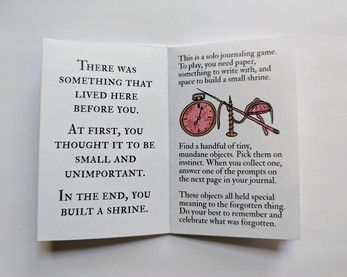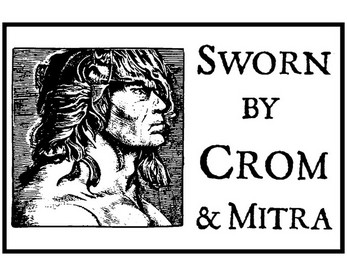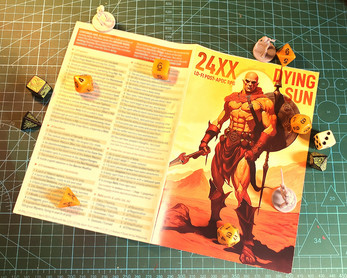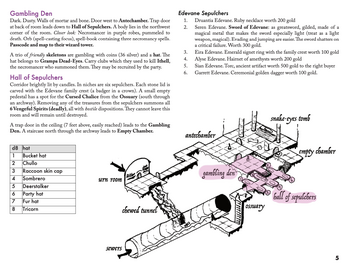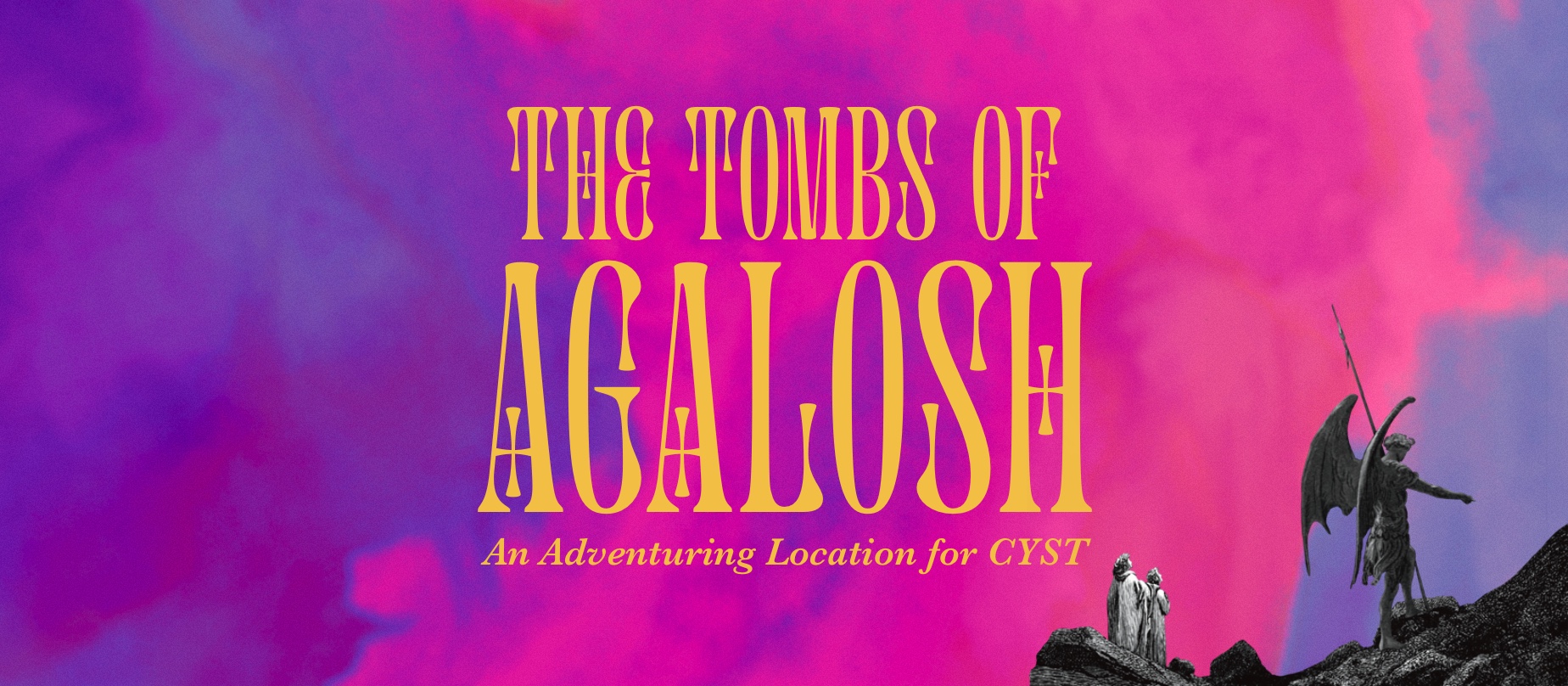 |
| Image: Paizo |
So you've decided you want to check out Pathfinder 2nd edition. Maybe you want a change of pace from your usual game, or perhaps you've been burnt by a corporation. Either way, Pathfinder 2e is an excellent roleplaying game - one of my very favourites. I've been playing Pathfinder since 1st edition and moved to 2e during the open playtest, so I'd love to share with folks who are new to the game a guide on what to expect.
What is Pathfinder?
Pathfinder is a traditional fantasy roleplaying game created by Paizo in 2009 using the d20 system from the 3rd edition of Dungeons and Dragons. That means that if you're already familiar with how D&D works you should have little problem getting onto Pathfinder. The second edition, released in 2019 cleaned up a lot of the complexities of the original game and brought in more innovations.
This is a big game of big heroes existing on the planet of Golarion, a kitchen-sink science-fantasy setting. Pathfinder relates to the in-world Pathfinder Society where adventurers can enroll to receive quests of exploration and discovery.
Whereas D&D 5e was designed to be a more rules lite game, Pathfinder 2e contains more rules and options, particularly when it comes to character creation. That isn't to say it's a complicated game. At its heart you're still rolling a d20 and adding a bonus to meet or beat a difficulty score. But the rules it does have in place are there to do the heavy lifting for the GM. There is less emphasis on making up rules on the fly because chances are that there's a specific rule or process for a given action.
So if you love customising your characters, having a toolbox of cool abilities and having an easier ride GMing a game, Pathfinder 2e is for you.
Highly Customisable Character Creation
As stated, Pathfinder has always been about massive customisation when it comes to player characters. Personally I found 1e unwieldy, particularly at the end of its lifecycle. The designers realised that feat bloat, where the vast number of abilities ended up allowing for broken characters, was an issue so with 2e they made character creation simpler but with the same level of customisation.
Characters are made up of ancestries (previously races), heritages, classes, backgrounds, feats, skills and optionally archetypes.
Classes are very similar to D&D but there are variations and unique classes. While Fighter, Thief, Bard and Sorcerer will all be familiar, classes like Investigator, Thaumaturge, Swashbuckler and Inventor are all totally new. Each class has several different builds, so one ranger will play completely differently to another.
The breadth of available ancestries is pretty ludicrous, from the usual dwarf, elf and halfling to huge shapeshifting spiders, mutated flesh people, conscious shards of cosmic force and androids. Mix these with versatile heritages that allow mixed ancestries, like a reflection, genie or dhampir, your character can be pretty much anything. This will be good news to 5e players who are used to a large array of racial options.
You have the same attributes as in D&D, along with AC and the same Saves. It's all very familiar for anyone coming from 5e. One of the big differences is in your feats. Here feats fall into several categories: skill feats (cool extra things you can do with your skills), class feats (majorly cool abilities that define your class), and general feats (a wider pot of feats aiding customisation). This may sound overwhelming but you only get certain types of feats at specific levels, meaning you're never choosing from a huge pot of feats.
When it comes to skills, you have five proficiency ranks: untrained, trained, expert, master and legendary. Each has a set bonus you get on your skills, which is you level plus 0, 2, 4, 6, or 8 respectively. Simple.
Archetypes can help you hone in on a specific character concept. A sort of multiclassing, archetypes can be plugged into your class to open up a new branch of feats. For instance, my ranger has a Marshall archetype, which allows her to be a leader in combat, offering bonuses to others for attacks, damage and saves.
It's genuinely difficult to make a bad character and apps like Pathbuilder (for transparency the guy who made this has been part of my group for the better part of a decade, but it's simply the best character creation app out there) make it easy to create a cool, unique character.
Satisfying Combat with Tactical Crunch
Combat in Pathfinder is beautiful. Each class is designed to play in a specific way, so their role in combat is defined and satisfying. For instance, a ranger is designed to hunt its prey around the battlefield, while a swashbuckler dances around their foes to get the upper hand. Part of the beauty of combat is in the now-famous three action turn. Forget action types like full actions and bonus actions. In Pathfinder 2e you have three actions you can do anything with. Want to move twice and attack? Go ahead. Want to demoralise, run and stab? You can! Want to attack three times? Have at it, with a penalty for each consecutive attack.
Combat and skill actions are the bedrock of a good fight, offering a host of options outside of just locking yourself to an enemy and wailing on them. You can disarm, shove, feint, demoralise, and more. These, along with your character's class features and feats, make fights dynamic and fun. It's still worth noting that combat does often last a while, depending on what you're fighting - in my experience it's common for fights to go on for an hour or more, but for me it never feels like a chore.
Exploration and Downtime
In game design you have a spectrum ranging from rules light games where rulings are more important than rules, to rules heavy games (or 'crunchy') where rules are more heavily codified. Pathfinder 2e is more on the crunchy end of the spectrum while D&D 5e falls somewhere in the middle.
This means that exploration has specific rules to help the GM and players adjudicate what's happening, offering clear options for players who may otherwise not really know what to do when travelling the wide world, particularly something that's meaningful. Pathfinder tackles this with modes. The three modes of play are encounters, exploration and downtime, each having their own stakes and actions that can be performed in them. If I'm on the lookout for enemies tailing the party I could take the Scout activity, moving at half speed and offering a +1 initiative bonus to the entire party. Or I could put enemies off our scent with a Cover Tracks activity, causing anyone following to roll a survival check. The activity you're undertaking also impacts the skill you roll on initiative. If you're on the lookout you'd roll perception. If you were sneaking you'd roll stealth. In other words, what you do in exploration mode has a direct impact on everyone. Even if you're not travelling around you'll be using exploration activities. In an investigation you will probably want to ask around for information, so you can use the Gather Information activity that states specifically how that would work. It's all laid out to give the GM bandwidth to run the game.
During downtime you'll be doing activities like Bribe Contact, Craft, Create Forgery, or Gossip, among many others. Again, everything you do here has a concrete impact on the game, whether it's a bonus, a new contact, or gaining money. Of course, players can do whatever they like, but having eventualities clearly spelled out is a real boon for everyone.
Pathfinder's Unique Setting
Unlike D&D where there are many settings, Pathfinder has Golarion as a persistent science-fantasy setting, mixing dark fantasy, high fantasy and even science fiction in a fully realised and intriguing world. With its own gods, heroes, and legends, Golarion is not only a lore-lover's dream, it's also dripping with GM inspiration. From city adventures in the sprawling Absalom where mortals can ascend to godhood, to the steaming jungles of the Mwangi Expanse where rich cultures and strange creatures live side-by-side, Golarion is a setting that places wonder and exploration at its heart.
To tell the story of Golarion, Paizo releases a series of books called Lost Omens guides. Each of these goes into detail about the locations, people and creatures within the setting. They're generally released quarterly so there's plenty to get your teeth into. They're also incredibly well written, filled to the brim with ideas and contain some of the best art in the biz.
Adventure Paths
If you're used to D&D 5e's stable of infrequently released hardbound books, Paizo's schedule might take getting used to. Adventure Paths are campaigns split across multiple books over a year, typically taking players from 1st to 20th level, released twice annually. In the long run you'll be paying more for a campaign than in 5e, but you'll also get to level 20 and because Adventure Paths are released in stages there's less risk of your group isn't really enjoying the campaign. Some are also combined into hardback collections, bringing the overall price down.
That said, most Pathfinder 2e Adventure Paths are very good in their quality of writing and artwork. If you enjoy a good old fashioned dungeon crawl then Abomination Vaults is for you. If you like investigative stories with actual coded rules for investigation try Agents of Edgewatch. If you're already a fan of magical schools like Strixhaven then Strength of Thousands is an RP focused powerhouse set in a magical college. And if dominion and kingdom building is your thing then look no further than Kingmaker.
The Supplements
Pathfinder 2e is a well-supported game with frequent supplements and accessories like maps and cards. The Lost Omens range builds out the setting and offers new character options. If you're wanting to run a homebrew campaign these guides are indispensable.
Core rulebook supplements like the Gamemastery Guide, Advanced Players Guide, Dark Archives and Secrets of Magic can take your game to the next level with new rules, classes, spells and feats. None of these are required though - Pathfinder is a modular system to include whatever rules and options you wish. Best of all, most are released in hardcover and softcover, the latter being much easier on the wallet.
All material from every supplement is available online for free from Archives of Nethys.
Organised Play
The Pathfinder Society is a global organised play initiative that features an ongoing campaign. Each player enlists with a faction with their own objectives. You'll gather reputation with your faction as you play. At the end of the adventure you'll report back the outcome to the Society which can change the course of the global campaign.
How to Get Started Playing Pathfinder 2nd Edition
If you're finding it difficult to understand where to start with Pathfinder 2e, the Beginner Box is the best place to begin your journey. While more expensive than the 5e starter sets, you get more in it at a premium quality, including a solo adventure, GM handbook, dice, pregens, 100 card pawns with bases, reference cards and a flip mat.
If you want to jump right in then you'll need the Pathfinder Second Edition Core Rulebook, available in hardcover and a much cheaper softcover. You'll also want to pick up the Bestiary, though as I mentioned every rule and creature is available online for free.
While people often recommend just using Archives of Nethys as a free starting point, I think it's a whole lot easier running through the core rulebook. Once you're more confident then Nethys is your number one friend for looking up rules.
To take most of the effort out of creating a character, Pathbuilder is probably the most popular app available, but there's also Wanderer's Guide as a free character manager.


